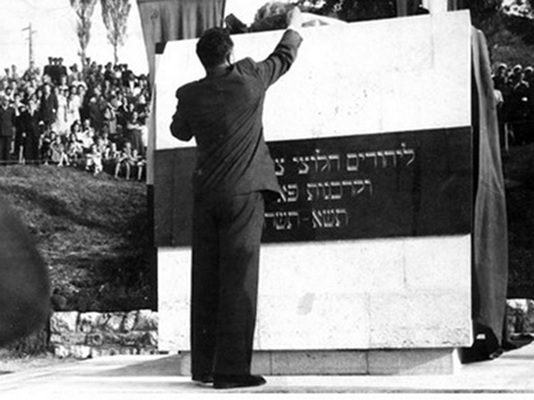
Lesson Plan: The Relationship Between Religion and the State. The Jews in Bosnia & Herzegovina – Part 2
January 6, 2019Pedagogical Focus
- Students will analyze different photographs during the legal-state development of Bosnia and Herzegovina and interpret the position of Jewish community based on them;
- Anti-semitic propaganda during the WWII will create a space for comparing Jewish social life during state socialism and WWII;
- Students will learn about the position of Jews after the Second World War – they will eliminate the prejudice about the freedom to practice religion through photos showing holiday celebrations. They will learn about the abolition of national societies;
- After receiving the information, they will be able to compare the position of Jews during both the Second World War and state socialism era
1. Introduction: Historical Timeline (duration: 10 minutes)
- Anti-Semitic propaganda from the Second World War and the position of Jews during WWII (duration: 10 minutes)
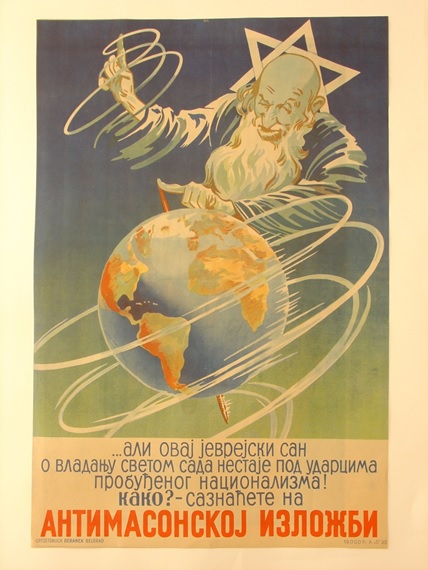
A poster displayed at the anti-masonic exhibition “… but this Jewish dream of the governance over the world now disappears under the blows of the awakened nationalism. How? You will find out it at the anti-masonic exhibition”
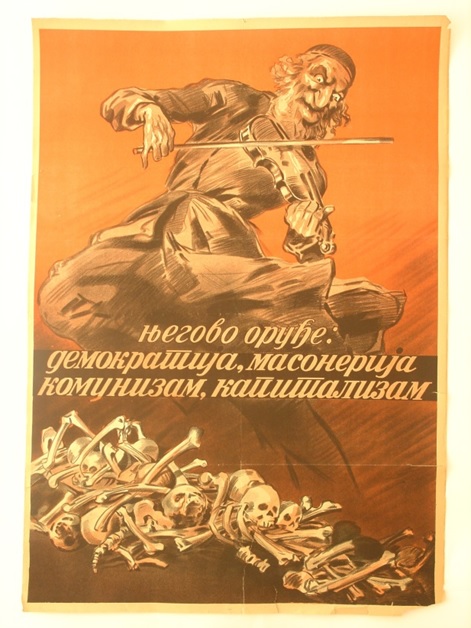
The poster “his tools: democracy, masonry, communism, capitalism”
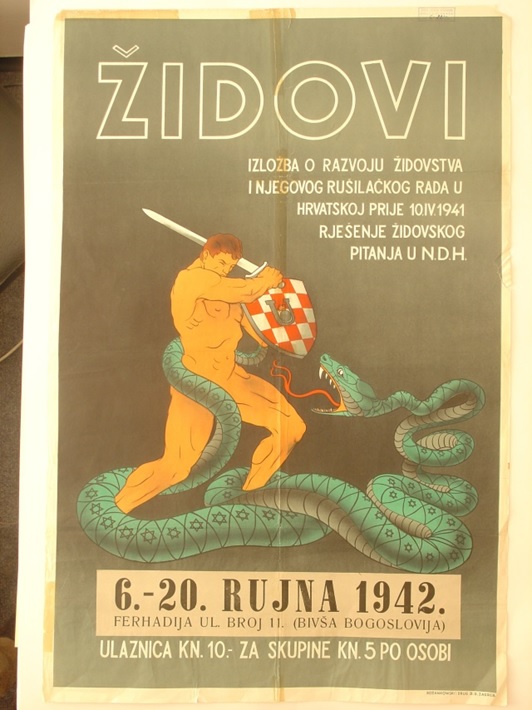
An invitation to the “Exhibition on the development of Judaism and its demolition work in Croatia before 1941,” which was held in Sarajevo from September 6 – 20, 1942
Questions:
– Can you describe what’s in the pictures? Is there any conflict between different groups suggested?
– Who is supposed to be enemy here? How is that enemy depicted?
– If the people depicted in the posters encountered those depictions, how might they feel? And what might someone who did appreciate the posters feel about the people depicted as an enemy?
– How do you experience the Jewish people when you observe posters?
– On the basis of propaganda, could the extent of the Holocaust in World War II be anticipated?
– What does the phrase “final solution to the Jewish question” mean?
2. Jews after the Second World War (duration: 10 minutes)
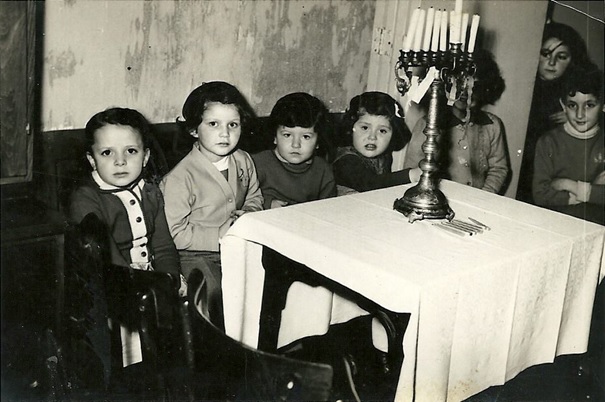
Hanukkah celebration in 1960 in Sarajevo
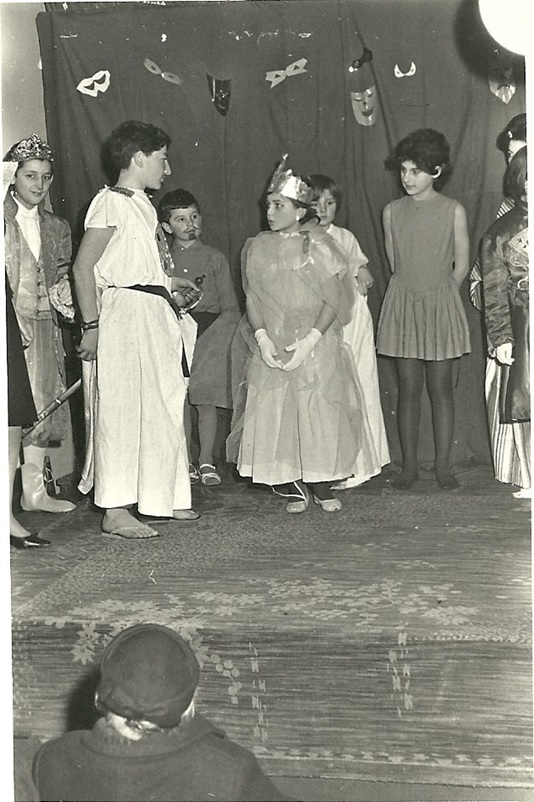
Purim celebration in the Jewish municipality in 1963
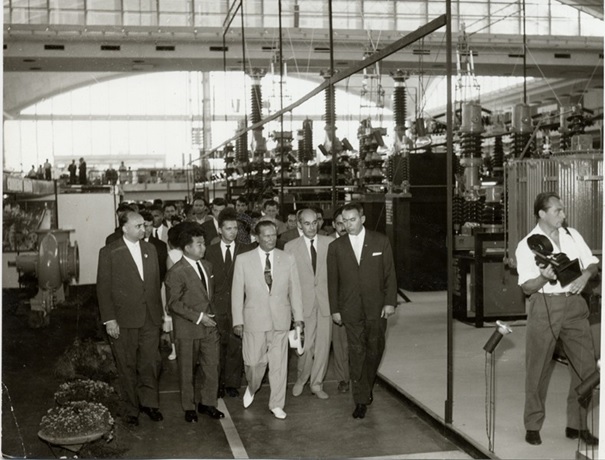
Emerik Blum (7 August 1911 – 24 June 1984) was a Bosnian Jewish businessman, mayor, philanthropist and the founder and first director of one of Eastern Europe’s largest conglomerates, Energoinvest.

The exposition of a monument to the Jewish victims of fascism and fighters that died in the National Liberation War, Sarajevo, 1952
Questions:
– What do you see in the photo above?
– Why do you think there are people gathered there?
– Can you think of an event like this that has taken place near where you live? What was the monument in that case?
– What does this tell us about the changing view on the people whose lives the monument commemorates?
– What do you think was the attitude of the authorities in Yugoslavia toward the confession of religion?
3. Conclusion (duration: 10 minutes)
Final question:
- What is the position of the Jews in the communist/socialist in relation to their position during the Second World War?
